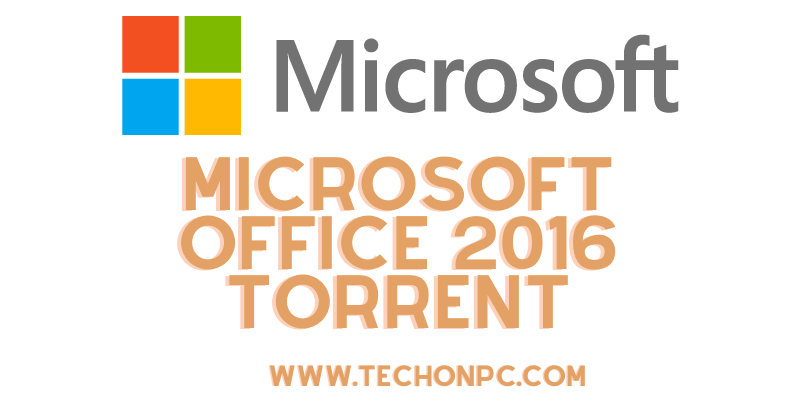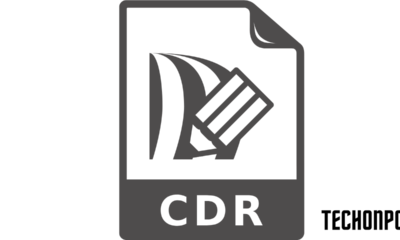Education
Using a Targeted Approach to Protect Domain and Site Relevancy
Published
2 years agoon
By
techonpc
Using a Targeted Approach to Protect Domain and Site Relevancy
The name of the game with online traffic is visibility. If people don’t know or can’t find a website in the first place, it’s very unlikely that address is going to become known, much less popular. Granted, there was a time at the beginning of the Internet when word of mouth and referral had an influence, but those days are long gone, along with bulletin boards and screechy modems that one plugged into their phone wire socket in the wall.
Ranking To Rule Them All
Instead, what matters today involves developing sites that are extremely responsive to what people are looking for as well as regularly being updated with new, valuable information for future questions. Both factors make a big difference in how a site is ranked and shows up under the third component, online search. Position in online search makes or breaks the success of a site. If it doesn’t show up in the first three pages of a search engine’s result, the site might as well not exist at all. And, given the fact that voice search is fast becoming the dominant way of looking for information on the Internet, those three pages have now probably shrunk to something like the top three or five results.
Targeted Attention Matters More for Existing Sites
Building a website, most folks will now utilize the benefits of online analytics, closely examining the words and terms that people most often associate with a question as to the answer or solution. However, while this kind of analysis can be extremely helpful in generating a new site that is responsive, it doesn’t necessarily do so well once the site is existing. In fact, to apply analytics again to a site that is already established, one would have to rewrite the content, spending a lot of energy to match the latest analysis. Yet, this is in fact what many do to keep up with changing tastes and information query trends online. There’s a better, easier way to get the same result.
Most businesses have limited resources and want to see the best bang for the effort spent. Website updating and maintenance are no exception. Why spend lots of money, time, and manpower updating every page and site if it doesn’t produce the desired increase in traffic? A domain rating checker helps solve this problem by pinpointing the exact addresses that are scoring well versus those that are suffering “health” problems. Particularly for companies who want their sites to be considered expert sources or authorities on a given topic, domain rating matters a lot.
The Technical Aspects Involved Are Valuable
A domain rating, in its simplest form, is the numerical rank provided for a site by a search engine. If the site is extremely valid, it ranks high, maybe even in the top 10. If the site is barely related to a topic, it ranks low, probably in the hundreds or even thousands, depending on how many pages exist with similarly-related material. A domain rating checker, or DR checker, helps quickly identify where a site sits in comparison to its online competition. Ideally, one should be using a DR checker related to the most popular search engine available, which for most people these days is Google.
A DR checker is beneficial in multiple ways. First, it helps baseline where a site is currently. That helps identify quickly whether it needs improvement or maintenance to hold onto its current position. Second, the tool identifies what else is better in relation to the examined site. This is useful for providing direct, applicable information on what can be done to improve. Finally, a DR checker applied regularly can be a like a barometer, noting when changes are occurring and flagging when improvement is needed as tastes and topics of search shift priorities.
Follow Me

Unleashing the Power of the Office Accelerator: Maximizing Productivity and Efficiency in the Workplace with Office 365 Accelerator

Unlocking the Hidden Potential of Your Website: Strategies for Growth

From AI to VR: How Cutting-Edge Tech Is Reshaping Personal Injury Law in Chicago
Trending

 Microsoft4 years ago
Microsoft4 years agoMicrosoft Office 2016 Torrent With Product Keys (Free Download)

 Torrent4 years ago
Torrent4 years agoLes 15 Meilleurs Sites De Téléchargement Direct De Films 2020

 Money4 years ago
Money4 years ago25 Ways To Make Money Online

 Torrent4 years ago
Torrent4 years agoFL Studio 12 Crack Télécharger la version complète fissurée 2020

 Education3 years ago
Education3 years agoSignificado Dos Emojis Usado no WhatsApp

 Technology4 years ago
Technology4 years agoAvantages d’acheter FL Studio 12

 Technology4 years ago
Technology4 years agoDESKRIPSI DAN MANFAAT KURSUS PELATIHAN COREL DRAW

 Education3 years ago
Education3 years agoBest Steph Curry NBA 2K21 Build – How To Make Attribute, Badges and Animation On Steph Curry Build 2K21

You must be logged in to post a comment Login